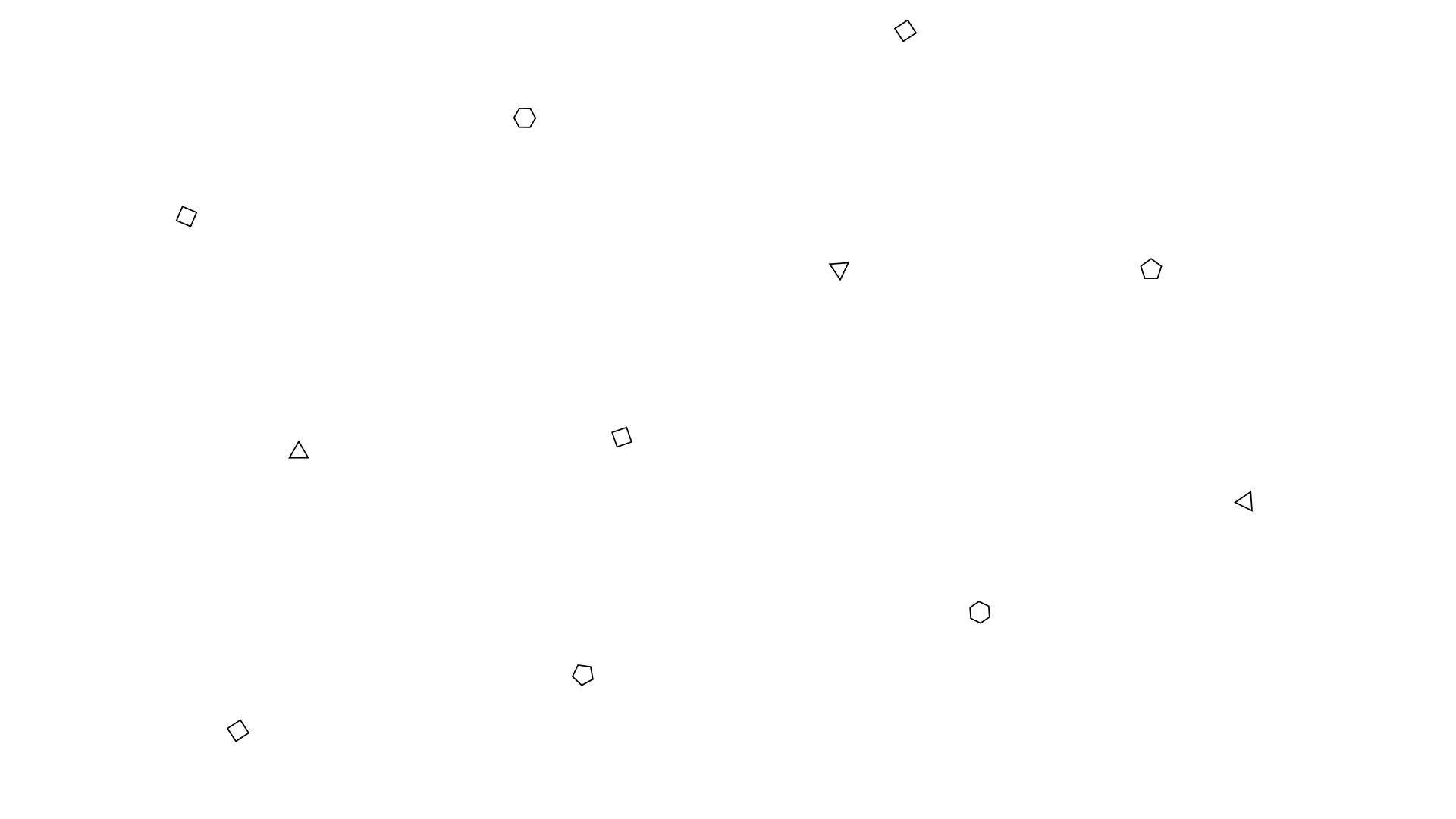Representations: Discourse and Power
- Karina Kapina
- Feb 25, 2016
- 2 min read

This week’s lecture was all about Representation: Discourse and Power. Term ‘’discourse’’ is used in the media industry very often. This refers to ‘interactions that take place through a broadcast platform, whether spoken or written, in which the discourse is oriented to a non-present reader, listener or viewer”.
When we are looking at ‘’discourse’’ closely, often analysis should be completed. The analysis involves a close look at a text and visual images as well as sounds and written or spoken language.
Discourse analysis does not look at basic detail and basic content examination it also looks at- "it's use in social context, its construction, distribution and reception. It aims to understand and elucidate the meanings and social significance of the text" (Smith & Bell, 2007: 78) As students of media by using discourse analysis we can really look at media texts in detail and gain a better understanding about them and why are those certain texts being produced and other questions which might be relevant- "discourse is not a product, it is a process." (Talbot 2007: 10).
Even though discourse analysis is an in-depth type of analysis often the analysis is a personal view of the writer and therefore can be bias and not fair. No matter how many reliable recourses might be provided it can still be biased also factors such as the time between production and distribution can have an impact as Mary Tabot explains in Media Discourse: Representation and Interaction; "there is typically a considerable distance, in space and often in time, between the production of a media text and its consumption." (2007: 18)
For my further research I would try and carry out research following Mary Talbot’s points about different factors which influence the discourse of a media text. This would include things such as time scale, where the media text has been distributed as well as the ethnicity and maybe religious views of the content creator.
Reference:
Smith, Phillip and Bell, Alan (2007) Unravelling the Web of Discourse Analysis in Devereux, Eoin (.ed) Media Studies Key Issues and Debates. London: Sage, pp78-100

Comments